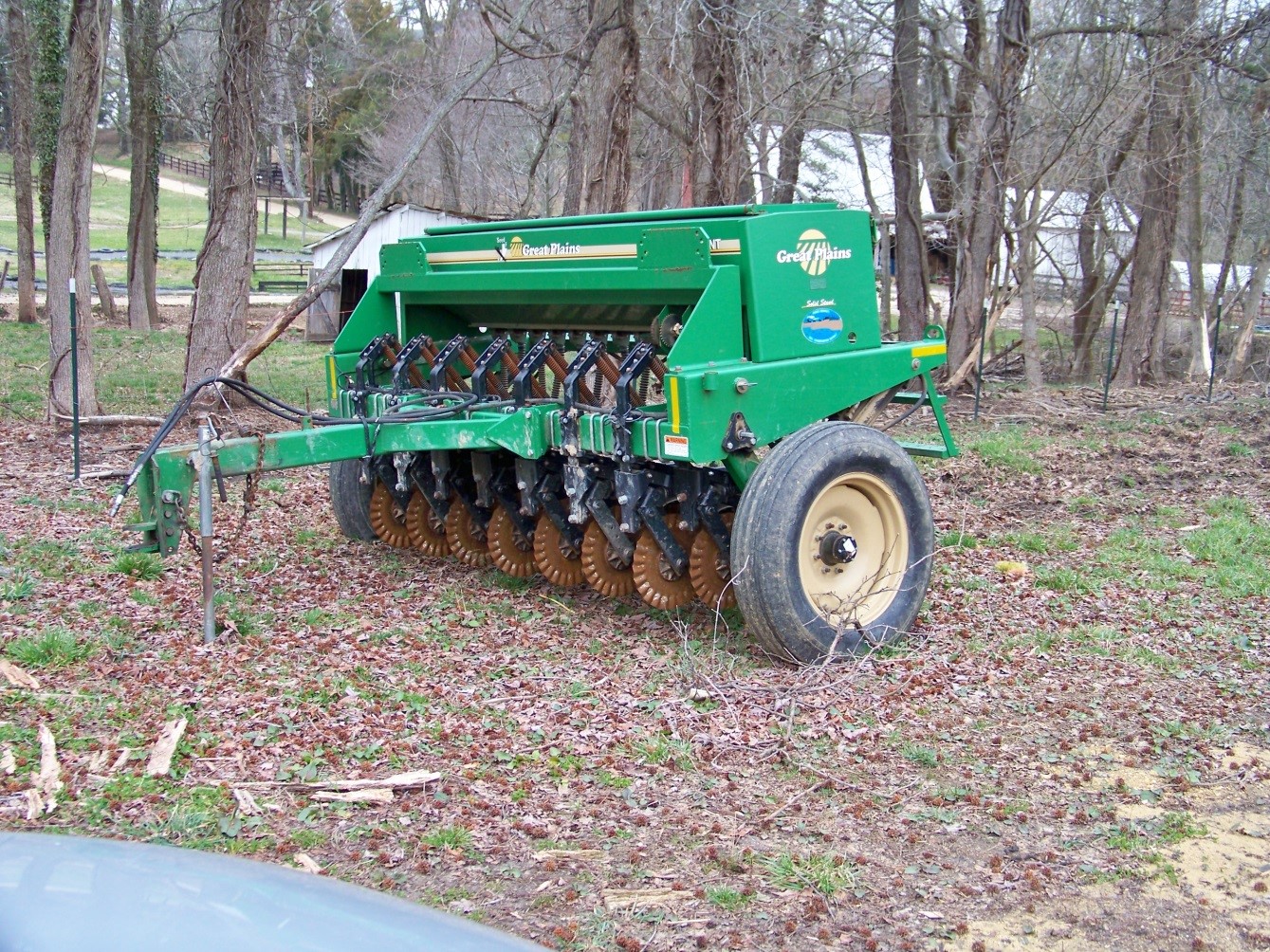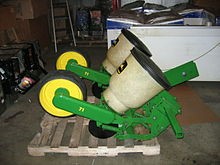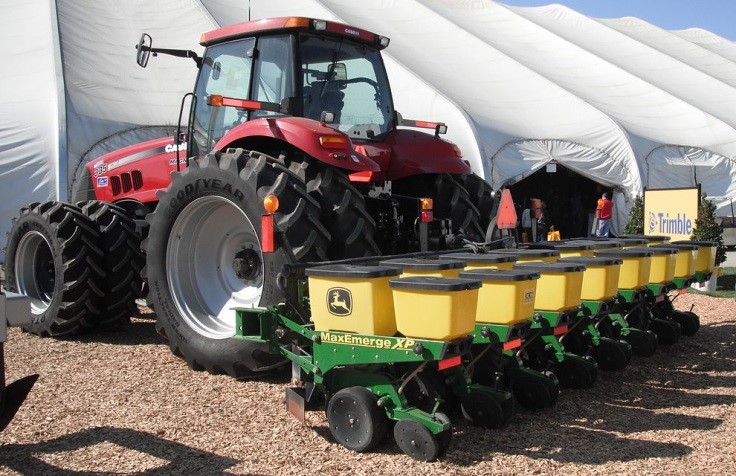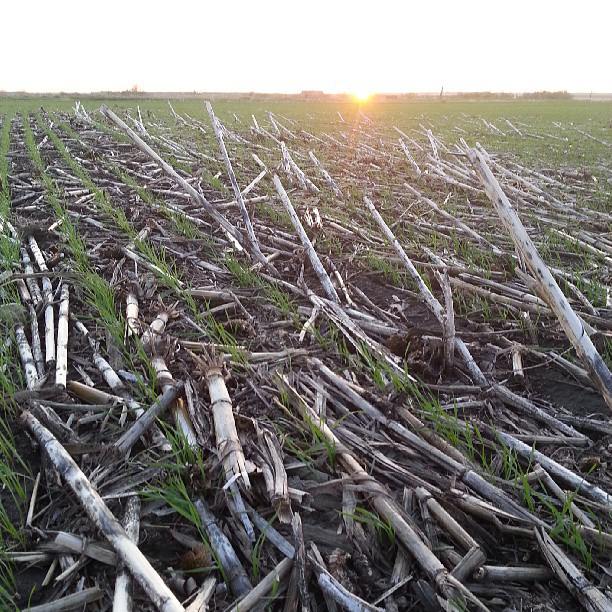Modern Planters and Drills
Modern Planters have come a long way over the course of the past 50 years. The precision of seed placement can be directly correlated with the yield of the crop being grown. Even distribution of the optimum population of seed according to factors like soil type, hybrid or variety, date of planting, and other cultural factors is the first step in attaining maximum yields. Planters are designed and selected mostly according to how the crop is to be harvested.
Row crop heads on a combine or field chopper gather the crop from the row for harvest; while a cutting head is designed to cut down the crop, collect the entire plant, and shake the seed out of the crop, leaving the straw in a windrow behind the machine. In the case of a corn silage harvester, the entire corn plant is harvested, chopped at a consistent length of cut, and transported to a silo for fermented storage.
Row Crop Planters
(Corn planters) are designed according to your intended crop groups. When planting crops that require orientation in rows wider than 12-15”, a corn planter is typically used. The other clear advantage to using a corn planter is for precise seed placement, depth, and firming. Beans, corn, soybeans, and other large seeded crops are planted through corn planters.
Source: Wikipedia – Farm Planter Attachments
Grain Drills
Are designed to also place the seed, but are used for smaller seeded crops like wheat, oats, barley, and rye. Grain drills can also be used for planting forage seeds. Rows of 7” are typical with Grain Drills, and are harvested by combines with a cutting head rather than a gathering head as is used for combining corn.
With the advancements in tillage reduction over the past 30 years or so, the technology and engineering of modern planters and drills has been developed so as to clear the trash and residue left on the soil just enough to allow the opener, drop mechanism, and packer wheel to place the seed.
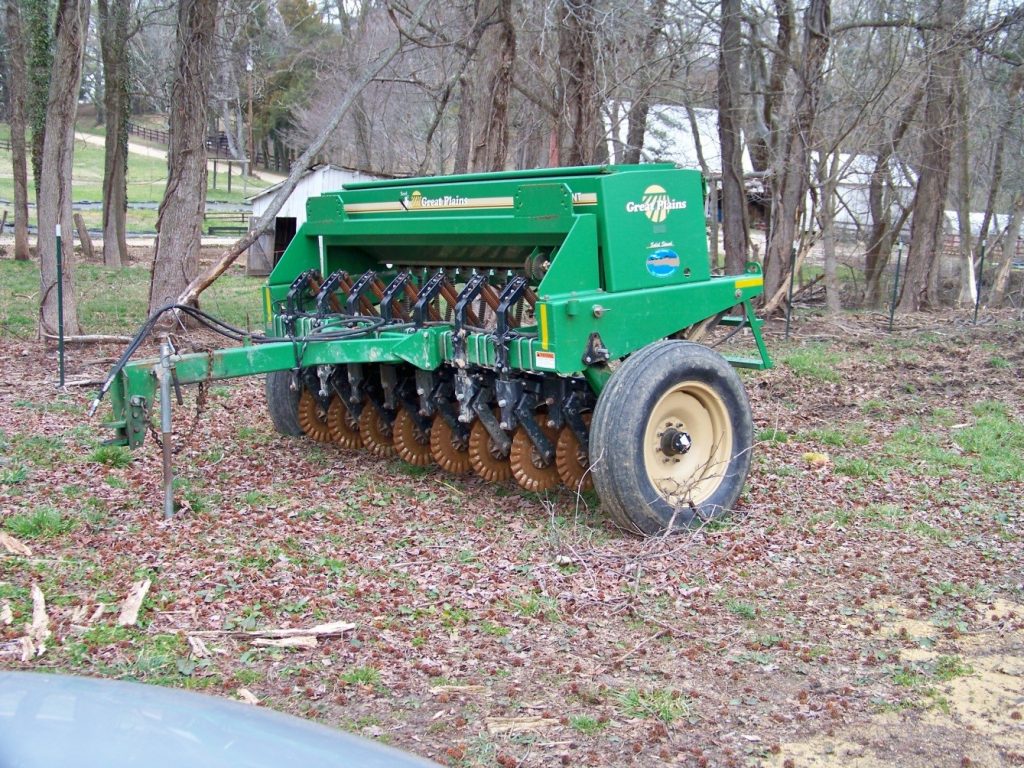
Great Plains No-Till Grain Drill with fluted coulter openers. Note the weight this implement carries so as to penetrate a wide variety of soil and trash conditions.
Fertilizer Placement
Is also important, and should be precise, particularly in the case of corn planters. Since the immediate need for nutrients are greatest at crop emergence, a relatively low rate of fertilizer can be ‘banded’ aside or below (or both) where the seed is placed. This enables the germinating seed to enter into a soil environment with the proper amount of Nitrogen and Phosphorus to help the seedling root absorb nutrients, the crop to emerge, and the true roots to begin development. Placing the seed aside and/or below the seed prevents the seedling roots from succumbing to salt injury when fertilizers are too close to the tender emerging roots.
The following video, from “The Farmer’s Life” does an excellent job of walking us through the parts of a modern ‘vacuum’ type corn planter à How a Corn Planter Works – YouTube
With the advancement of No-Till Farming we are able to create rotations of crops and maintain surface residue so as to keep the ground cooler, retain moisture better, and probably most importantly, curtail soil erosion. The following image, from a Blog called “Prairie Californian – Family-Food-Farming on the North Dakota Prairie” is an excellent example, showing how a prolific crop of wheat is sprouting through sunflower trash left from the previous year. You can see that very little soil is actually exposed between the trash and the growing crop.
Grain Drills are typically built to plant small grain but some can be equipped with options to plant small, dense seeds such as clover and alfalfa and/or light, fluffy, irregular seeds such as warm-season grasses. The usual range of available opener spacings of a Grain Drill is from 6 to 8 inches, which is the conventional spacing for wheat. On occasion, farmers will drill in two directions (double-drilling) for even closer effective spacing.
There are a limited number of drills are available with spacing down to 4 inches for high-yield wheat, for example. This is a particularly desirable spacing for forages, but if no-tilling, it presents a problem because you need enough room for the no-till coulters to clear. Openers on Drills are typically staggered to facilitate seed movement to the drop tubes while allowing enough room for the openers to clear the seed drop and placement in close widths. This orientation also manages trash better so as to not catch the residue and ‘rake’ it along the surface.
As we move to more no-till, some key considerations must be in place, not the least of which is weight. The machine’s weight and the cutting attachments mounted must be able to cut through the wide variety of residues you might encounter while also keeping the seed furrow at the same desirable depth across the field.
Modified Planters
Can be built to accommodate specialty applications for crops that are not of the typical types with several different combinations available for applying fertilizers, herbicides, and insecticides as needed.
Of all the implements we use on farms today, the modern planter or drill sets the stage for success or failure, perhaps more than any other piece of equipment we run, though each of them should be in top repair and on an appropriate maintenance and parts replacement schedule. Come visit us at https://www.tractorexport.com and learn more about how we can set your farm up in the most cost efficient manner for success.
By: John Deibel, Freelance contributor to Tractor Export
Here are some great articles on the topic for your reading:
What Types of Equipment Do Farmers Use to Plant
Wikipedia – Farm Planter Attachments
Common Corn Planter Problems and What to Do About Them – Univ of Wisconsin
No-Till Drills – University of Missouri Cooperative Extension


